The Renaissance was a period of great artistic and cultural growth in Europe. Its influence can still be seen in art today. In this post, I will highlight the significance of the renaissance on the art world as well as its most famous renaissance painters.
The period has renewed interest in classical art and learning. This led to revival of the techniques and styles of the ancient Greeks and Romans.
Why The Renaissance Is Important to Remember
The Renaissance is highly inferential for how we interpret the world artistically to this day. The Renaissance displays some of the human races most impressive sculptures, paintings, poetry, and more. There are many things that were coined by renaissance artists and painters that we use as tools.
Renaissance artists developed a system of perspective that allowed them to create the illusion of depth and space in their works. This technique is still used in painting and other visual arts today.
The artists also sought to create realistic depictions of the world around them. This led to the development of new techniques for capturing light, texture, and detail. This emphasis on realism continues to be an important part of art today. Famous renaissance painters encompass this technique.
Renaissance artists were celebrated for their individual talents and abilities. This allows artists to be considered seperate artistic geniuses. This focus on individualism continues to be a defining feature of art and culture today.
The Renaissance is also known as a period of great intellectual and cultural growth. Also, it has a renewed interest in humanism, which emphasized the importance of human values and achievement. This emphasis on humanism continues to shape art and culture today, with a focus on the individual and the human experience.
What is the Renaissance?
The Renaissance is a period in history of great cultural and intellectual growth that began in Italy in the 14th century. It spread throughout Europe over the following two centuries. The word “renaissance” means “rebirth.” The period is known for its renewed interest in classical art, literature, and learning.
This was a very important aspect of the world of fine art and further developing different style from past artists.
During the Renaissance, there was a revival of interest in the art and ideas of ancient Greece and Rome. This led to a renewed emphasis on humanistic aspects to philosophy. The Renaissance was also a time of great scientific and technological advancement. The renaissance has many important discoveries and innovations in fields such as mathematics, astronomy, and physics.
Realism, or the attempt to represent objects and people in art as they appear in the real world, has been used in art throughout history. However, the Renaissance is considered to be a significant period in the development of realism in art. This was the first time humans captured real life action accurately. Particularly, in the use of techniques such as perspective, shading, and anatomical accuracy to create the illusion of three-dimensional space and lifelike figures.
Overall, the Renaissance is seen as a pivotal moment in the history of Western civilization, marking a period of great artistic, intellectual, and cultural achievement that has had a lasting impact on art, literature, and science up to the present day.
Famous renaissance painters are regarded as having the most famous oil paintings that our world has ever seen.
Famous Renaissance Painters
Leonardo da Vinci (1452-1519)

Leonardo da Vinci (1452-1519) was an Italian Renaissance artist, inventor, and polymath. He is widely considered to be one of the most important figures in the history of art and science.
Born in the town of Vinci in Tuscany, Italy, he was the illegitimate son of a wealthy notary and a peasant woman. From an early age, da Vinci showed a keen interest in art and science. He apprenticed with the artist Andrea del Verrocchio in Florence.
During his career, da Vinci created some of the most famous works of art in history, including the “Mona Lisa” and “The Last Supper.” He was also a prolific inventor, designing machines such as flying machines, tanks, and other devices that were far ahead of their time. Additionally, da Vinci was a scientist. Also, his observations and experiments in fields of anatomy, geology, and optics created the foundation for modern science.
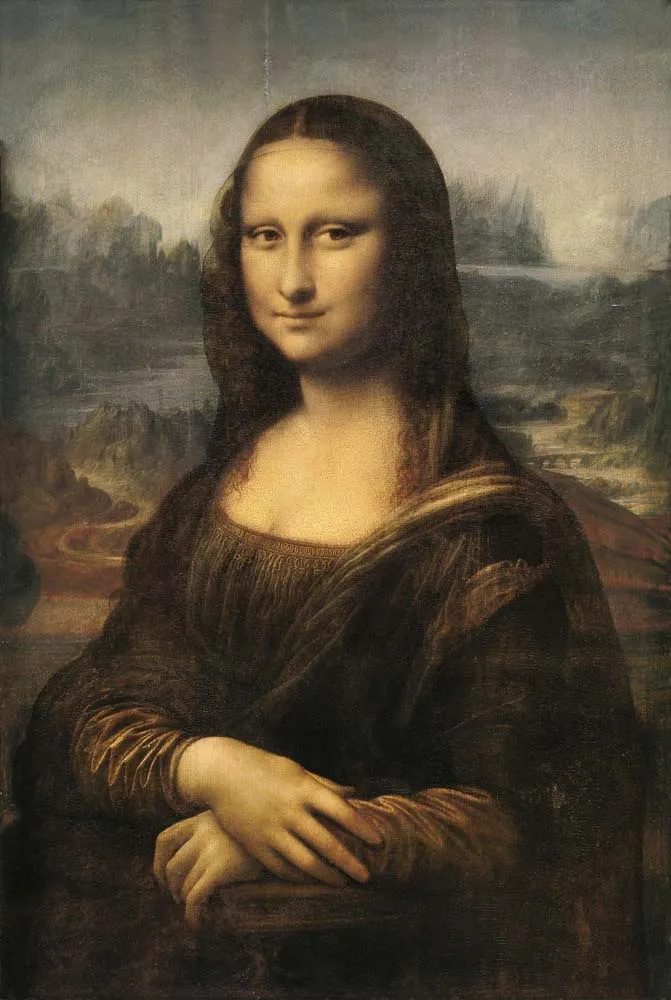
Da Vinci spent much of his career working for various patrons, including the Medici family in Florence, Pope Leo X in Rome, and the French king Francis I. Despite his success, he was known to be a somewhat difficult and eccentric personality, and he was never entirely satisfied with his own achievements.
Today, da Vinci is remembered as one of the greatest artists and thinkers of all time, and his works continue to inspire and captivate audiences around the world.
Michelangelo (1475-1564)
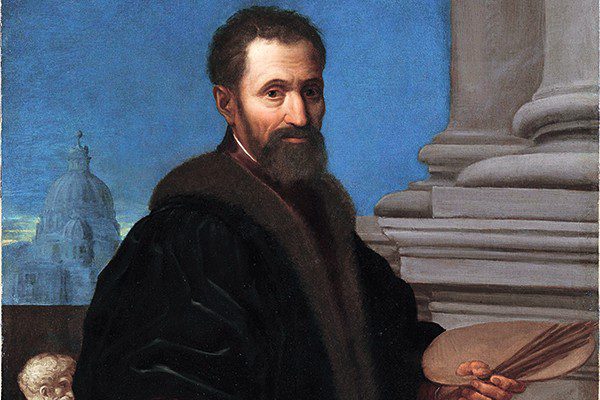
Michelangelo was one of the most famous renaissance painters, considered to be one of the greatest artists of all time. He was born in the small town of Caprese in Tuscany, Italy, and began his career as a sculptor at a young age.
During his lifetime, Michelangelo created some of the most famous works of art in history. This includes the statue of “David,” the ceiling of the Sistine Chapel in the Vatican, and the sculpture of “Pietà” in St. Peter’s Basilica.
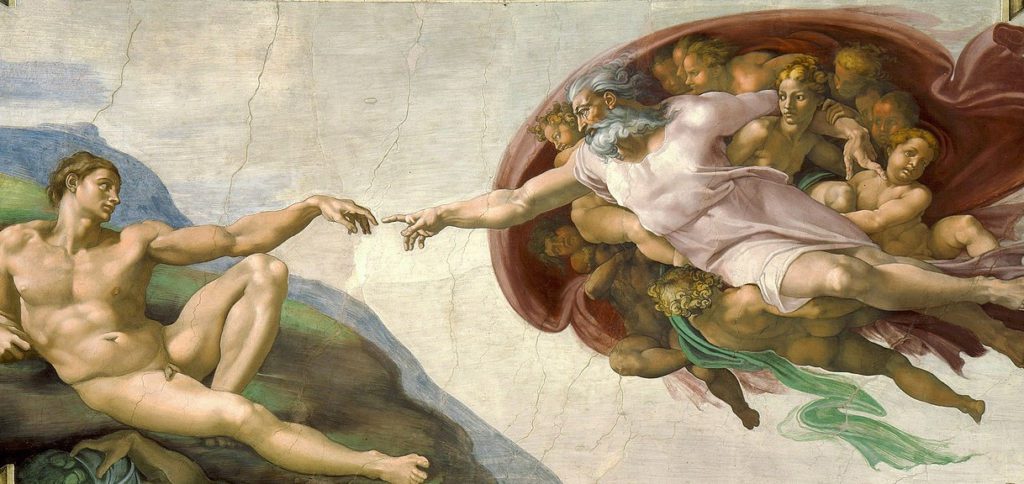
While he is famously known for his painting skill, he favored sculpting much more than painting. So much so that he was begged to make paintings.
He is known for his incredible skill as a sculptor, painter, and architect. Additionally, his works are characterized by their intense emotional power and technical excellence.
Michelangelo was also known for his difficult and often contentious personality. He frequently clashed with his patrons and colleagues, most famously during the painting of the Sistine Chapel. Despite these challenges, he continued to create some of the most important works of the Renaissance.
In addition to his art, Michelangelo was also a noted poet and writer. Michelangelo died in Rome in 1564 at the age of 88.
Raphael (1483-1520)
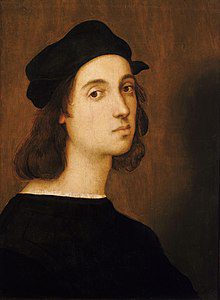
Raphael was an Italian Renaissance artist, widely considered to be one of the greatest painters of all time. He was born in Urbino, Italy, and began his career as an apprentice to the painter Perugino.
During his lifetime, Raphael created some of the most famous works of art in history. This included “The School of Athens” and “The Sistine Madonna.” He was known for his graceful and harmonious style, which combined the techniques of his predecessors with his own innovations.
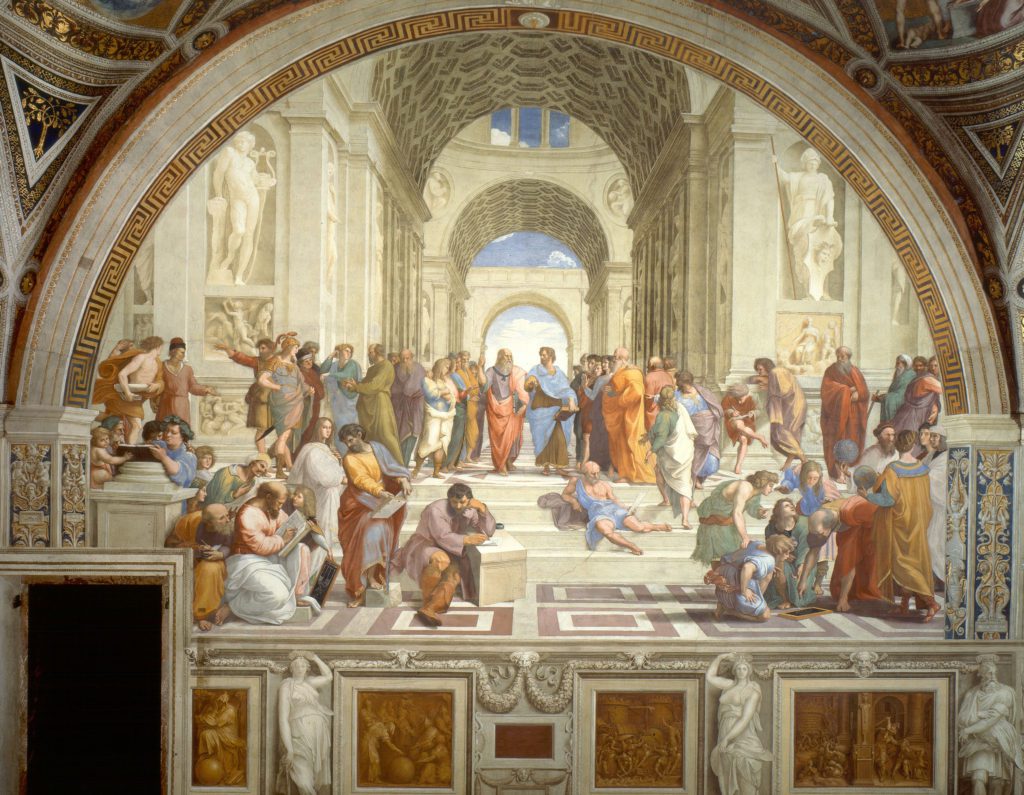
Raphael’s work is characterized by its idealized depictions of the human form. He was also known for his ability to capture the essence of his subjects’ personalities and emotions. His works are celebrated for their beauty and sensitivity.
Raphael was a prolific artist, and during his short career, he produced an enormous number of paintings, frescoes, and other works. He was highly regarded by his contemporaries, and his influence can be seen in the work of many artists who followed him.
Raphael died in Rome in 1520 at the age of 37, leaving behind a legacy that continues to inspire and captivate audiences around the world.
Sandro Botticelli (1445-1510)
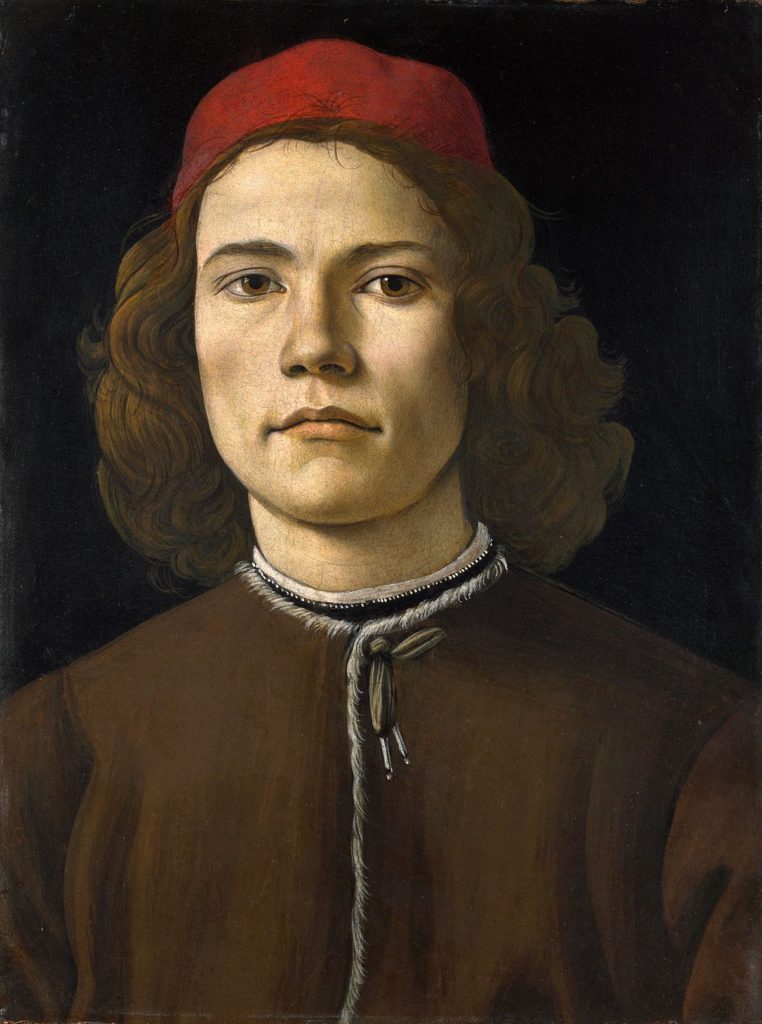
Sandro Botticelli is an Italian Renaissance artist who is best known for his paintings. They are characterized by their delicate, graceful figures and dreamlike settings. He was born in Florence, Italy, and began his career as an apprentice to a goldsmith.
During his lifetime, Botticelli created some of the most famous works of the Renaissance. This includes “The Birth of Venus” and “Primavera.” He was known for his use of color, his intricate compositions, and his ability to create an otherworldly atmosphere in his paintings.
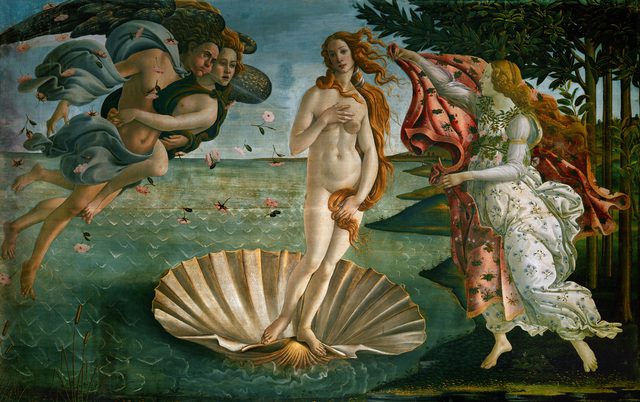
Botticelli’s work is highly influenced by the Neoplatonic philosophy of the time, which emphasized the spirituality over the material. His paintings often feature mythological or religious themes, and his figures are imbued with a sense of otherworldly beauty and grace. Botticelli died in Florence in 1510 at the age of 64.
Botticelli is highly regarded by his contemporaries, but his work fell out of favor in the centuries that followed. Then, in the 19th century, his paintings were rediscovered and celebrated for their beauty and originality.
Titian (1488-1576)
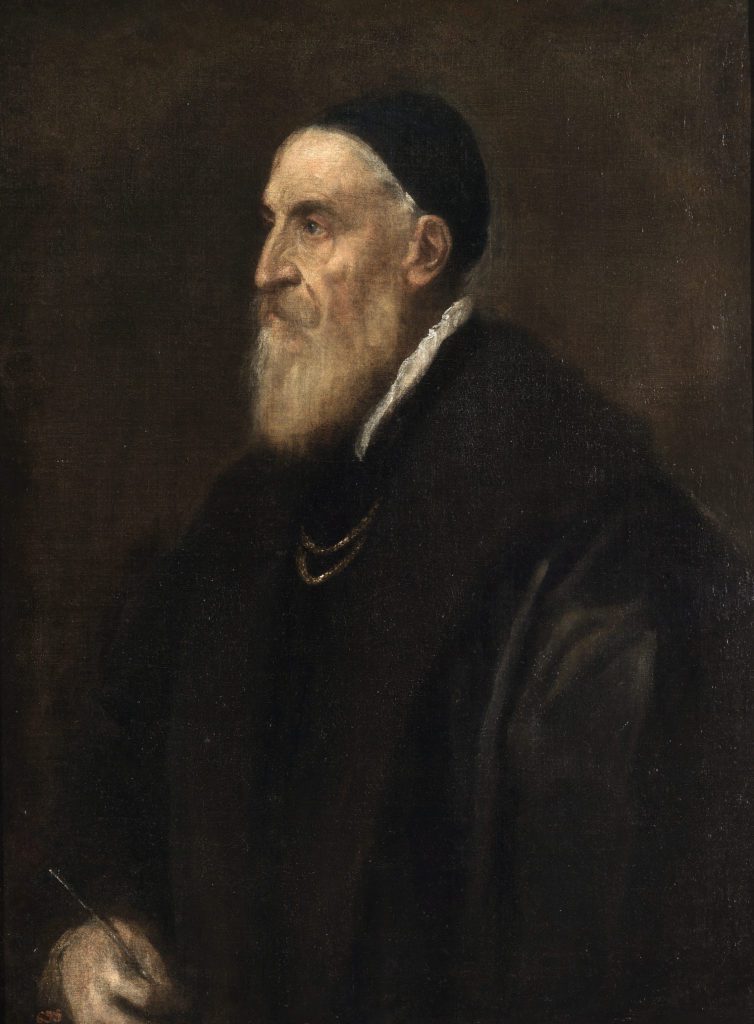
Titian was an Italian Renaissance painter who is considered one of the greatest artists of all time. He was born in Pieve di Cadore, in the Republic of Venice, and began his career as an apprentice to the painter Giovanni Bellini.
During his lifetime, Titian created a large number of works, including portraits, religious paintings, and mythological scenes. He was known for his use of color and light, and his ability to capture the essence of his subjects’ personalities and emotions.
Titian’s style evolved over the course of his long career, and he is known for his use of bold, loose brushstrokes and a technique called “cangiante,” which involved using colors that were different but related to create a sense of movement and depth.
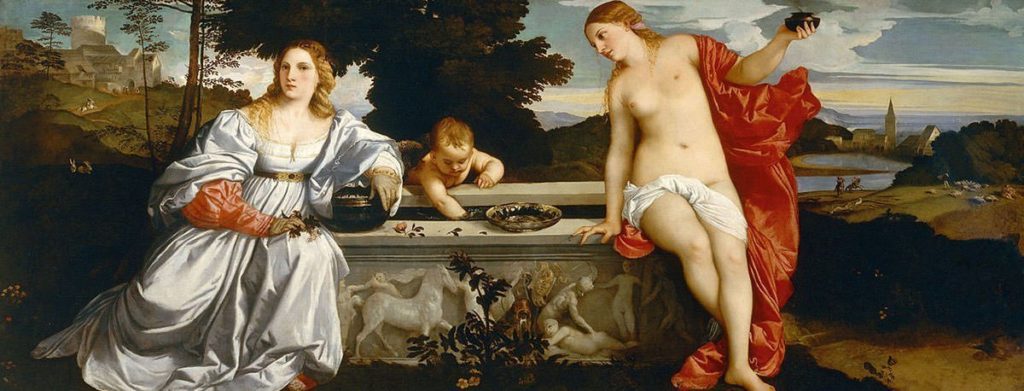
Titian died in Venice in 1576 at the age of 88. Titian’s work was highly influential, and he was admired by many of his contemporaries, including Michelangelo and Albrecht Dürer. His influence can be seen in the work of many artists who followed him, including Rubens, Velázquez, and Rembrandt.
Albrecht Dürer (1471-1528)
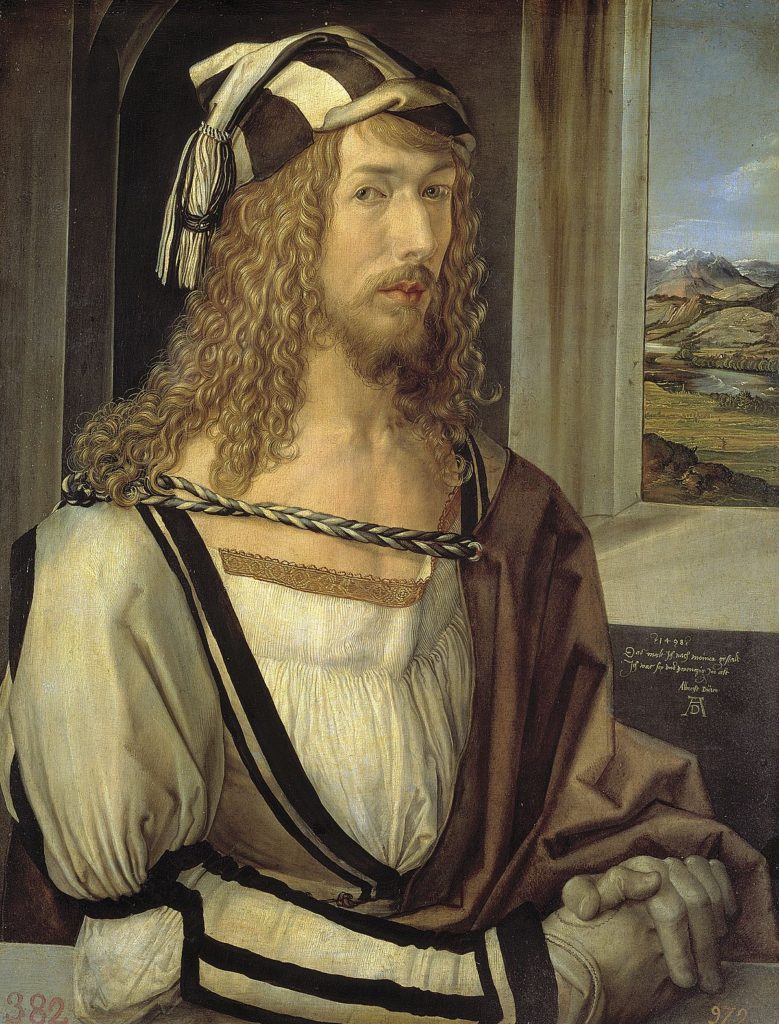
Albrecht Dürer was a German Renaissance artist known for his prints, drawings, and paintings. He was born in Nuremberg, Germany, and trained as a goldsmith before studying art with his father.
Dürer’s work is known for its technical mastery and attention to detail. Also, he was known for his exploration of mathematical and scientific concepts. He was a pioneer of printmaking, and his woodcuts and engravings are considered some of the finest examples of the art form.
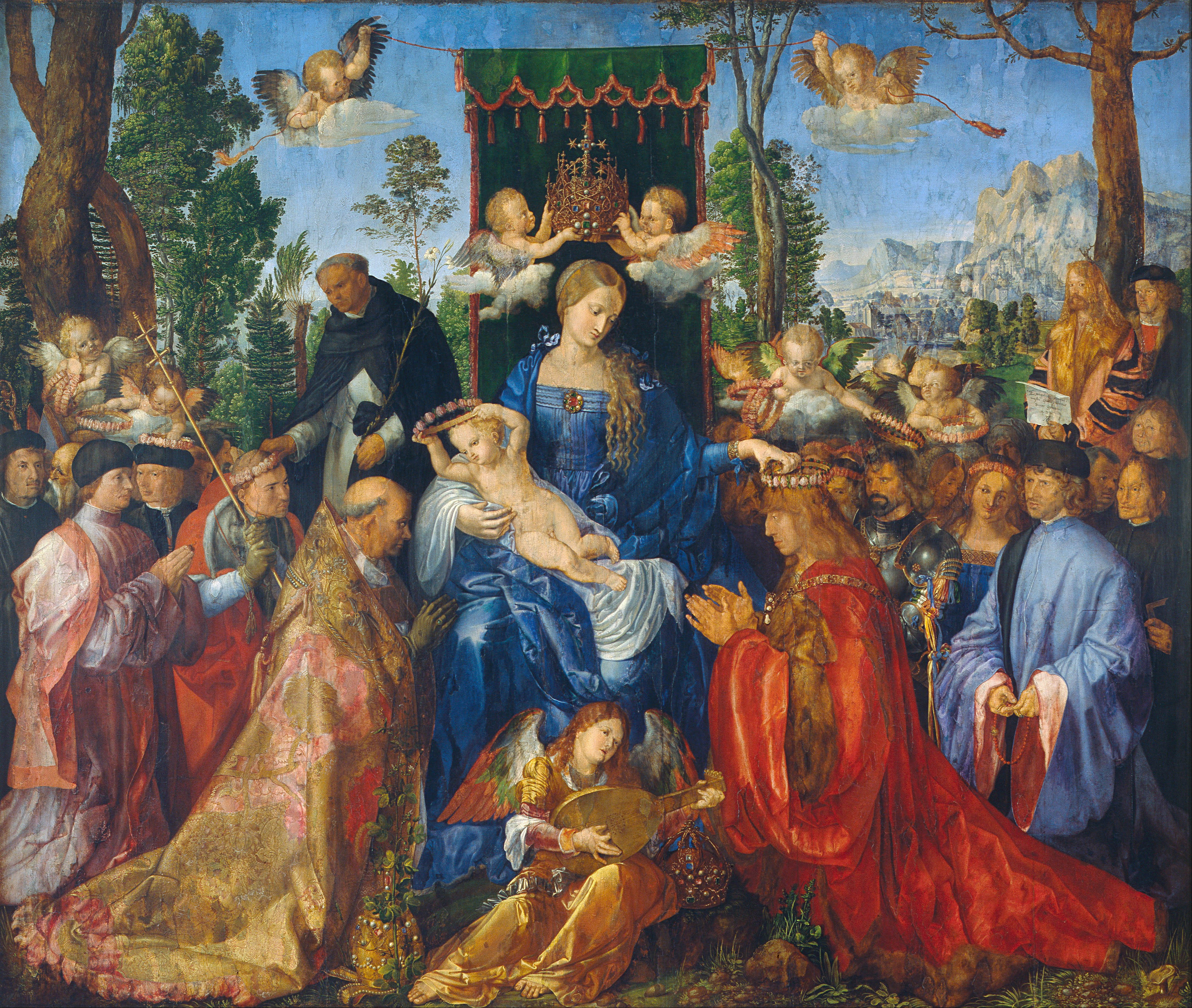
Dürer’s work was highly influential, and he is considered one of the most important artists of the Northern Renaissance. His influence can be seen in the work of many artists who followed him, including Rembrandt and Rubens.
Additionally, Dürer was also a writer and mathematician. He produced several treatises on mathematics and geometry. Dürer died in Nuremberg in 1528 at the age of 56. He was a prominent figure in the cultural life of Nuremberg, and he was known for his outspoken views on religion and politics.

Comments are closed.